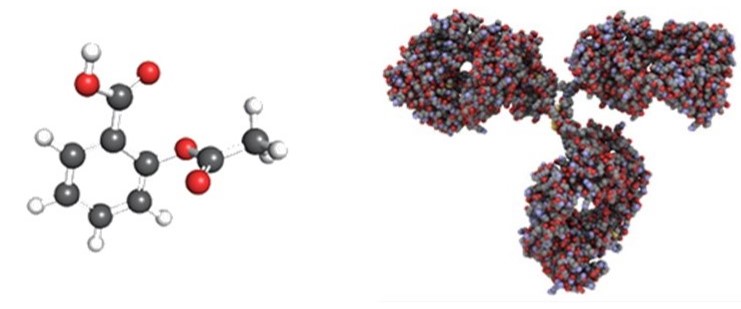
Preclinical toxicology is a critical component of the drug development process. The goal of toxicology testing is to support the transition of a new drug candidate to patients in Phase I clinical studies through an investigational new drug (IND) filing.
The IND application consists of information on Preclinical Safety & Toxicology, and Chemistry & Manufacturing to support the initiation of a clinical trial. These include:
- Animal Pharmacology and Toxicology Studies - to assess the new drug/ drug product is safe for initial testing in humans
- Manufacturing – chemistry, manufacturing, and controls used - to assess the sponsor can produce and supply consistent batches of new drug/ drug product
Planning of preclinical toxicology program
First and foremost a clinical development strategy should be in place. A good understanding of the human therapeutic target, likely treatment schedule, disease indication, and clinical trial design to correctly identify the toxicology and safety assessment studies needed to support first-in-human trials. Aligning preclinical and clinical development facilitates adjustments and changes along the way to ensure the success of an IND toxicology program
The toxicology studies include single-dose, repeated-dose, reproductive, developmental, and genotoxicity and have different schedules. The time required depends on the clinical indication and the routes supported.
Preclinical toxicology programs are unique to each molecule and category small molecules and biologics. Small molecule drugs usually refer to synthetically derived organic compounds, but also include inorganic compounds. Biologics include peptides, antibodies, fusion proteins, antibody-drug conjugates, and gene therapy.
| Small Molecules | Biologics |
| Metabolism as a primary factor for species selection (rodent and non-rodent) | Pharmacology as a primary factor for species selection |
| Dose selection based on toxicity | Dose selection is based on pharmacology |
| Pivotal Toxicology is required in two species for a duration ranging from two weeks to three months | Pivotal toxicology is required for one species for up to six months in duration |
| Standalone Safety Pharmacology studies are required | Safety Pharmacology studies may be part/all in toxicology studies |
| Genetic Toxicology is required | Genetic Toxicology may not be required |
Species selection: Species selection is based on pharmacological relevance for target receptor expression and distribution. The patient population, drug formulation, and methods of administration meant for humans are all taken into account while choosing a species. Two mammalian species - rodent and non-rodent, are required for small molecules, according to ICH rules. The rat and the dog are the rodent and non-rodent species of choice because metabolic processes are generally similar across mammalian species. The choice of the animal species is made in accordance with the biological target for which the drug is being developed. While rats and dogs are most commonly used for toxicology studies, other species may be selected depending on the therapeutic area. For example, monkeys are often chosen instead of dogs for treatments of metabolic diseases since non-human primates more closely mimic humans for these disease targets.
Route of Administration and Dosing regimen. The toxicology study design is aimed to evaluate the toxicity of a new molecule in the test species using the intended clinical route of delivery and dosing regimen. The dose range for assessment of safety or toxicity in animals is from minimum efficacious dose to maximum tolerated (or feasible) dose.
Toxicology studies are aimed at identifying and characterizing target organ toxicity related to dose and exposure. This information is useful for clinicians to set up appropriate monitoring and also the potential for reversibility after a dose-free period. Consequently, it is a common practice to include recovery groups during preclinical toxicology testing, although the recovery period time can vary for a variety of reasons.
Analytical and bioanalytical methods are needed for the quantitative evaluation of analytes (i.e., drugs, including biologic products, and their metabolites) in biological samples (e.g., blood, plasma, serum, or urine). These methods need to be validated to assure the validity, integrity, and reliability of data submitted for regulatory examination and approval, most nonclinical toxicological studies must follow good laboratory principles (GLPs).
Considerations for a successful IND submission
A successful IND application is dependent on a variety of factors. If you are planning for IND submission, here are a few key considerations before you begin your IND program.
- Start with the end goal: The goal of IND is to get into human trials. Use that to map out what studies and data are needed to get there.
- Know the molecule: Knowing the characteristics and mechanism of action will aid appropriate study design, and make it easier to assemble data for the IND application.
- Reach out early to regulators: Get a pre-IND meeting to get feedback and validate your approach and optimize strategy to get your drug into human trials.
- Find competent CRO partners and/or consult with appropriate experts: If you lack the expertise, it is critical to consider partnering with a credible consultant or contract research organization.
For more information, visit www.noblelifesci.com, or contact us at info@noblesci.com
